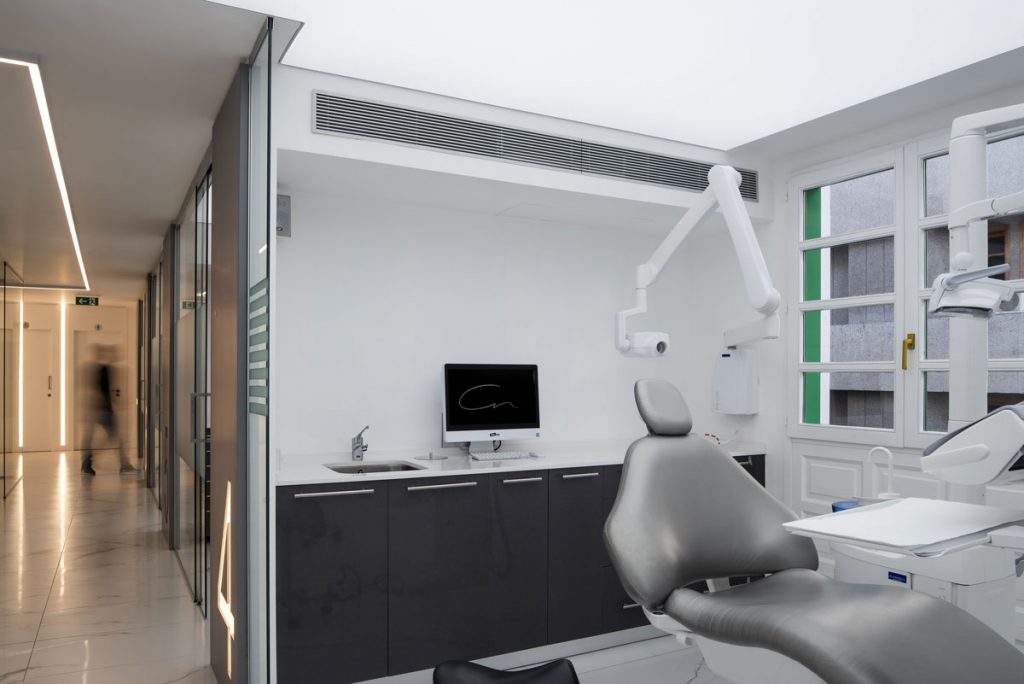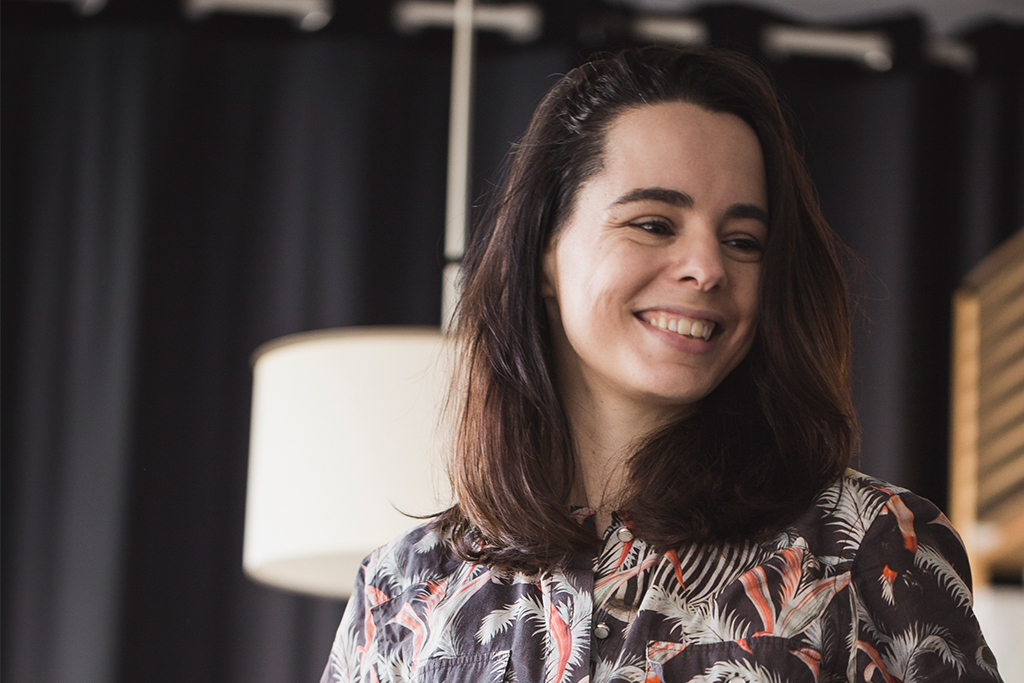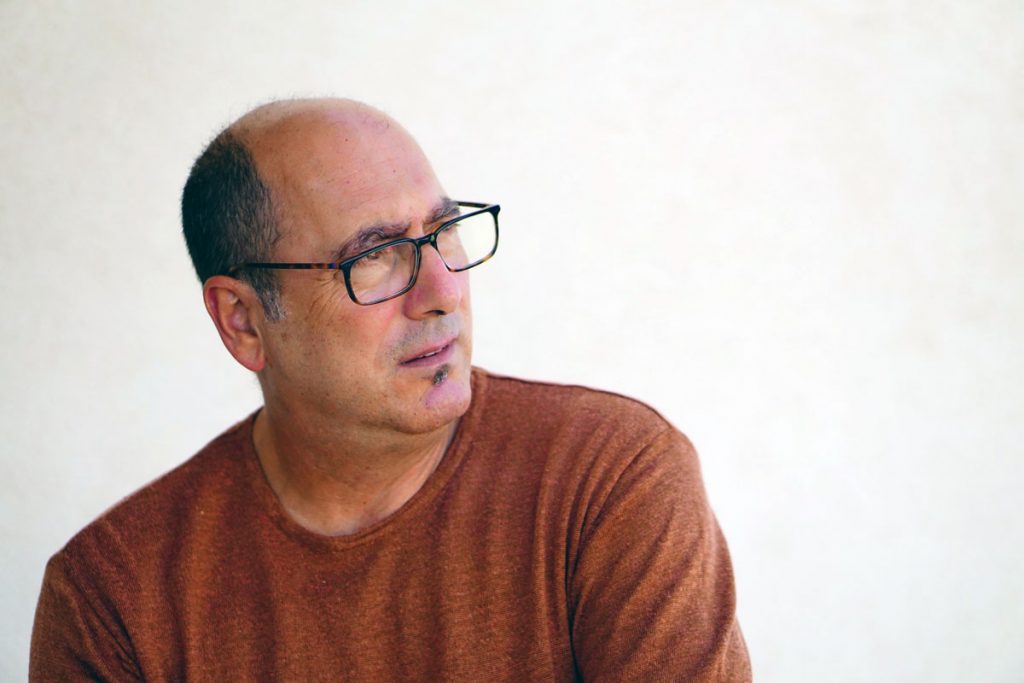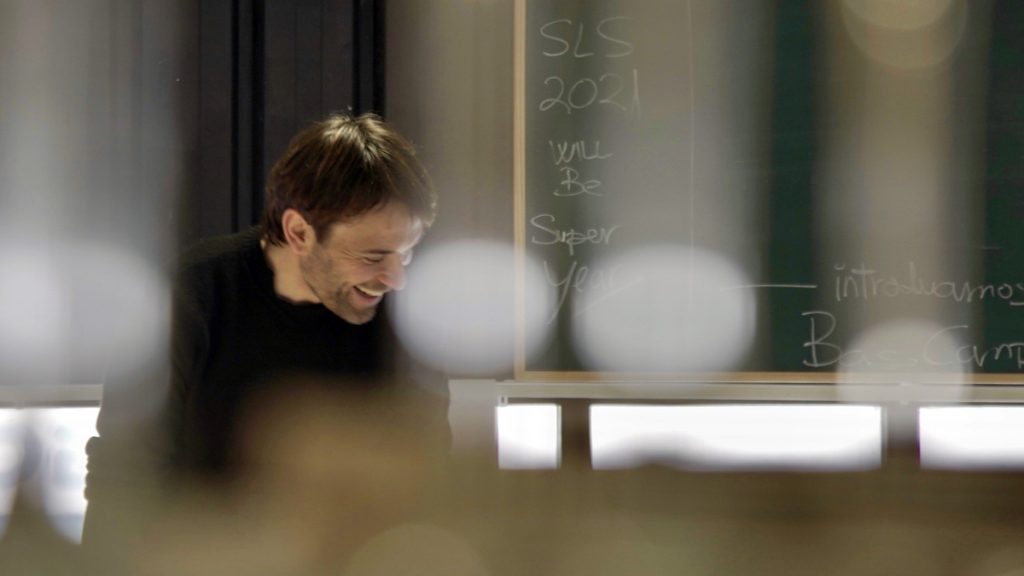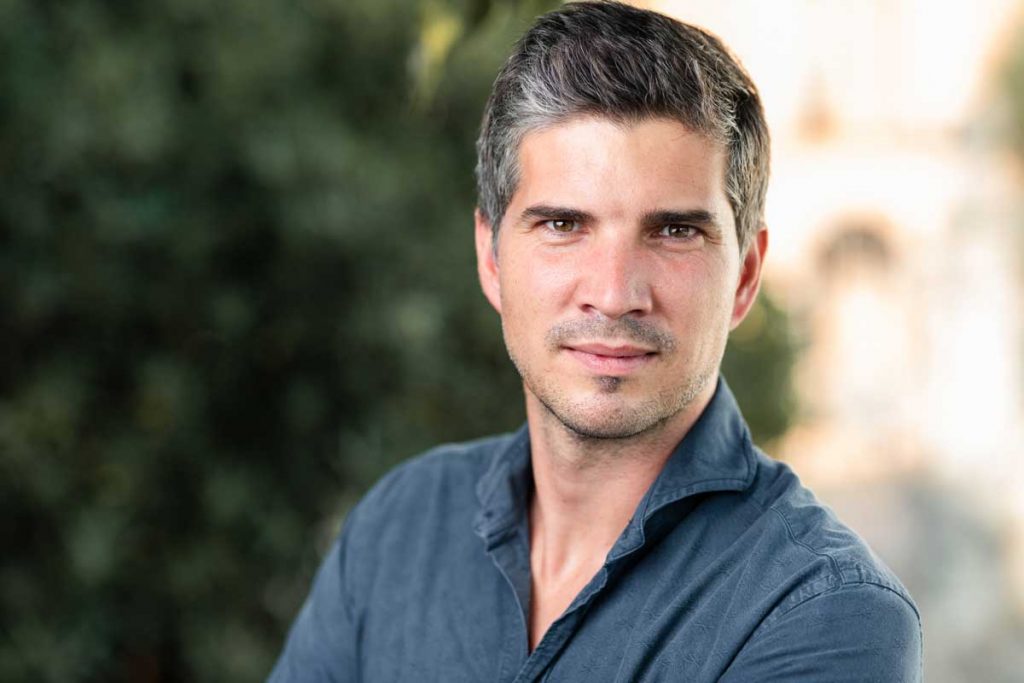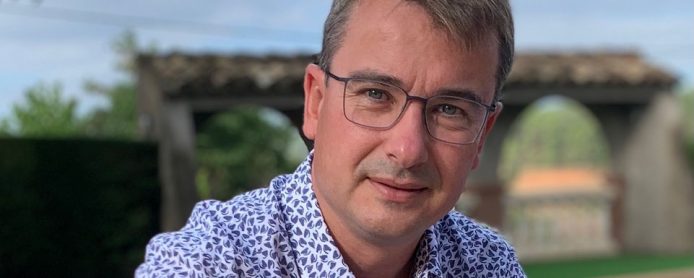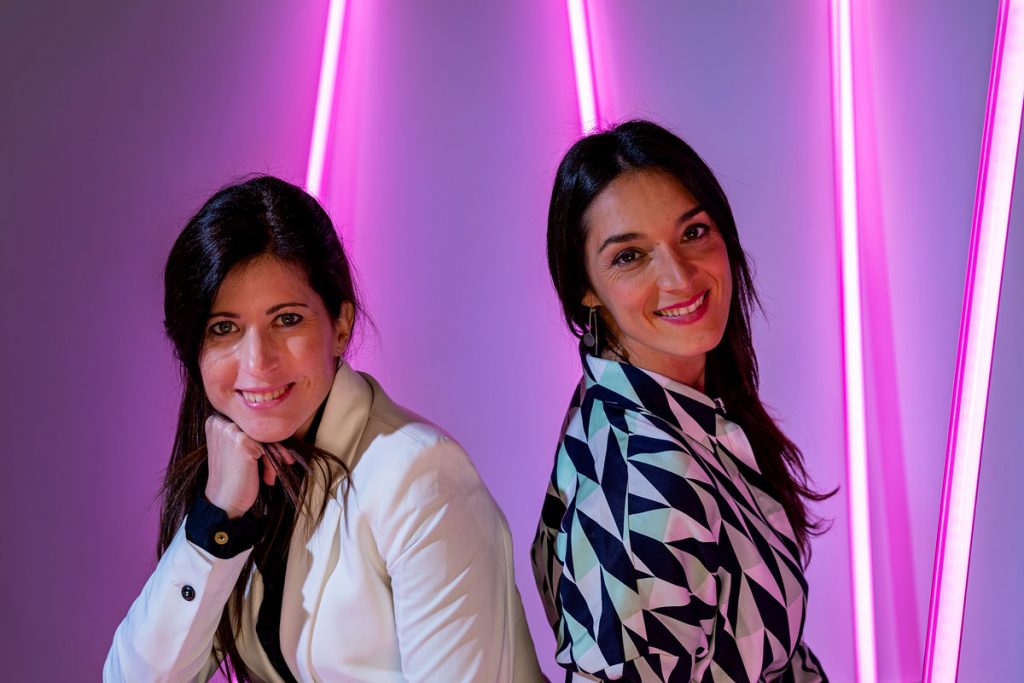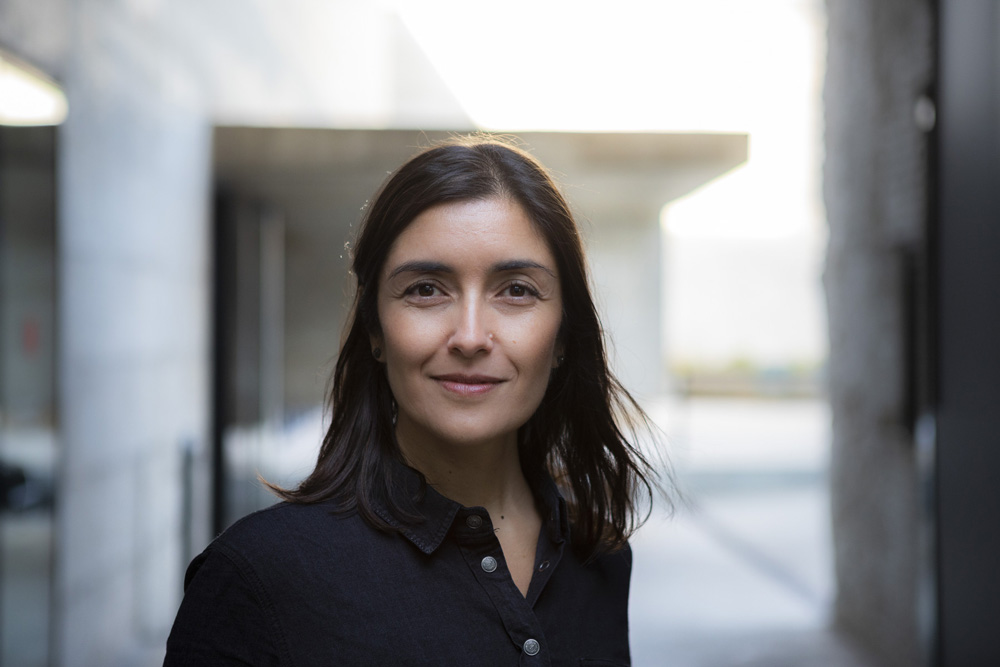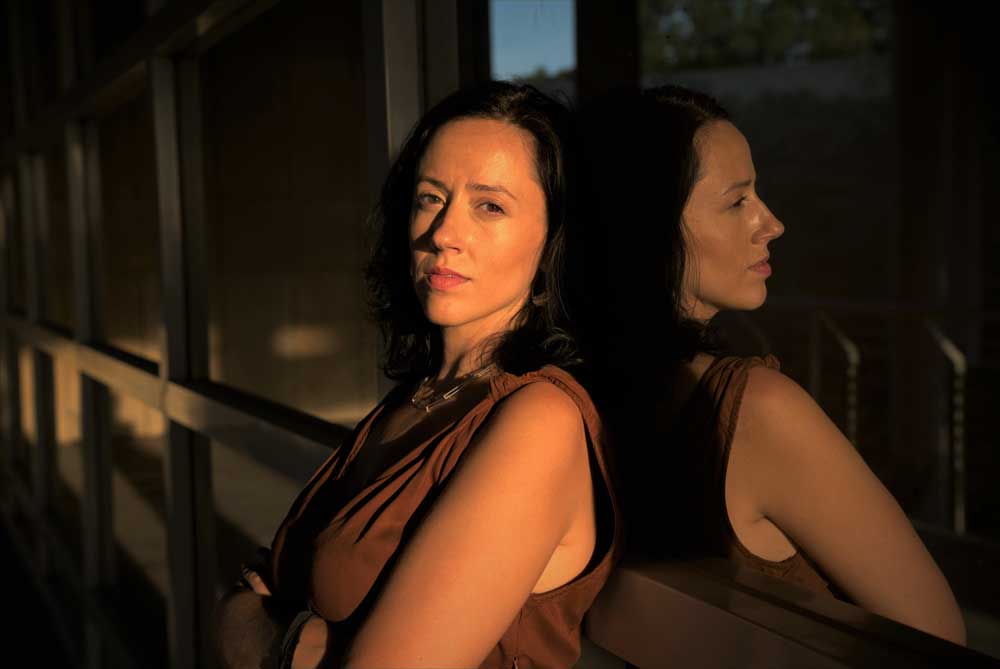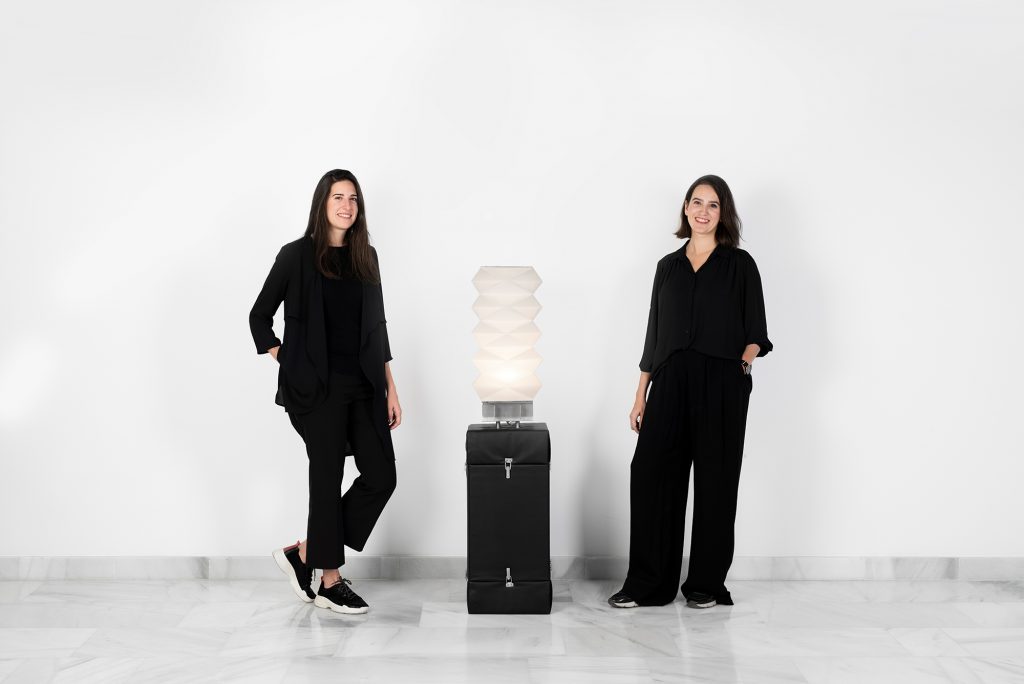
Young and enterprising, Cristina and Paula form part of a new generation of lighting designers who’ve been able to forge a path in their profession with optimism and enthusiasm in spite of all the difficulties. In their short life as a studio they’ve already become a benchmark for Lanzarote, an island that’s provided them with their inspiration and creative discourse, based on nature and its effects in terms of light and shadow.
It’s interesting to note that, as sisters, you both studied architecture and specialised in architectural lighting design. Moreover, you work at the same independent lighting studio. Are you really inseparable?
Paula: It’s true, it’s curious. Both Cristina and I have always been attracted to the world of architecture; our family is connected with design and construction and that’s undoubtedly influenced us. But although we’ve grown in parallel, we actually started out in different cities. Cristina graduated in Seville whereas I graduated in Madrid. When, in 2015 and after working in Germany, I founded ABAD Lighting Design Studio in Lanzarote, Cristina was furthering her career in architecture in Madrid. But in the end it was light that brought us together. We wanted to create something together and, at the beginning of 2020, we founded Maraba Studio.
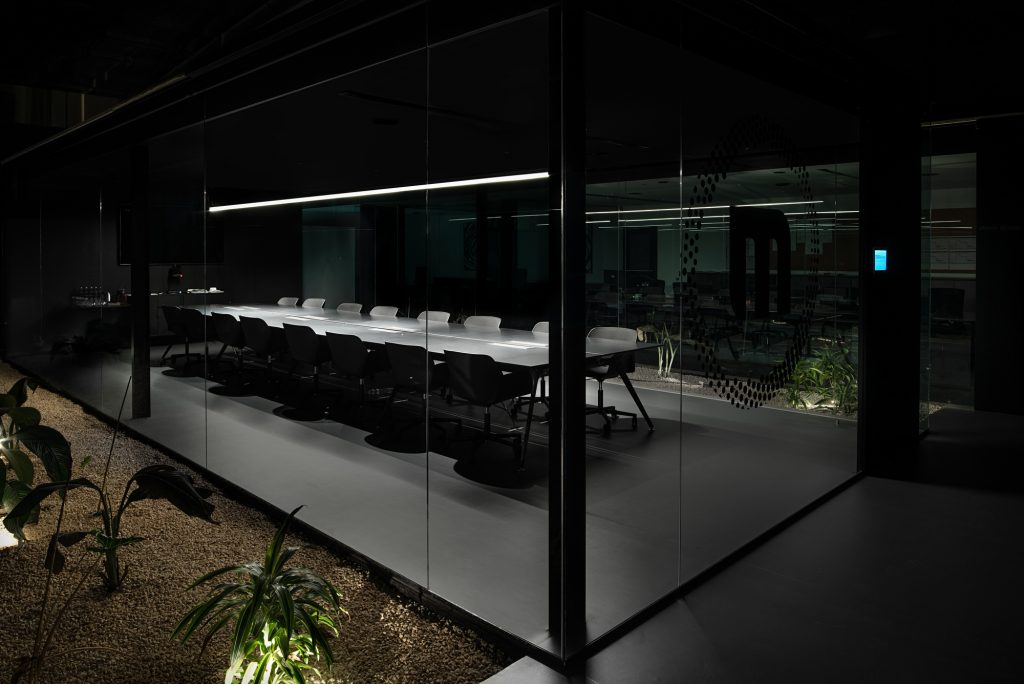
When you decided to study architecture, were you already interested in light or did you discover it later?
Paula: I’ve always been fascinated by natural lighting, its impact on materials. Living on an island like Lanzarote with its landscape and environment, where the sun is present for more than 12 hours a day, creates a different vision. You learn to sift the light, to protect yourself from it and create shade using natural elements. Shadow is as powerful as light; you just have to know how to work with it. But my interest in the profession of lighting designer came later. During my degree I discovered how important it was to design lighting in order to enhance architecture, its form, structure and texture. So I began to investigate and that’s how it all started.
Cristina: I agree with Paula. Being born in a place like Lanzarote has a lot to do with who we are and what we’re doing today. Living on this island, you develop a particular sensibility. I’ve always seen light as a fundamental part of my architectural projects but it was during my work that I realised the profession of lighting designer actually existed. That’s when I took the decision to redirect my career and specialise in lighting design.
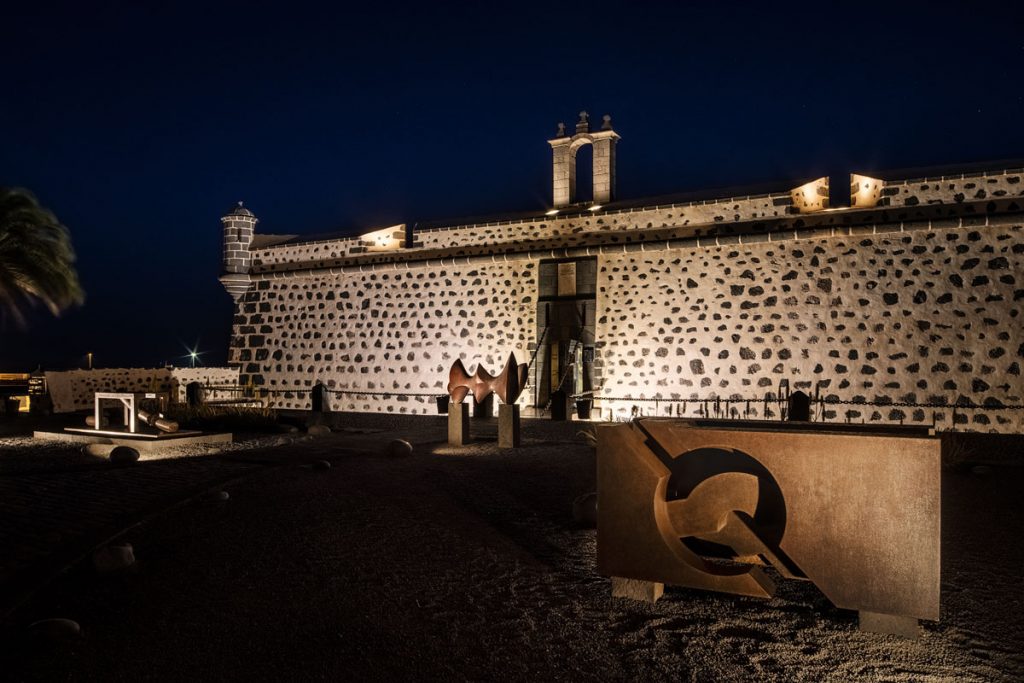
What were your career paths before founding Maraba Studio?
Paula: After finishing the Masterdía Master in Architectural Lighting in 2014, I had the chance to meet Andreas Schulz, CEO of Licht Kunst Licht, who gave me the opportunity to work with him in his studio in Berlin. It was a wonderful experience! For almost a year I was immersed in a world of light that I’d never imagined, working on very special projects. I learned to design by thinking about every nuance and every detail to create spaces that are comfortable for our visual perception. It was after this that I was offered the first project on my native island: Jameos del Agua, a project by the architect César Manrique. It was a real challenge for me.
Cristina: In my case, before entering the world of lighting completely, I specialised in retail design and worked for several architecture studios in Madrid. It wasn’t until 2019 that I trained as a lighting designer at the IED in Madrid.
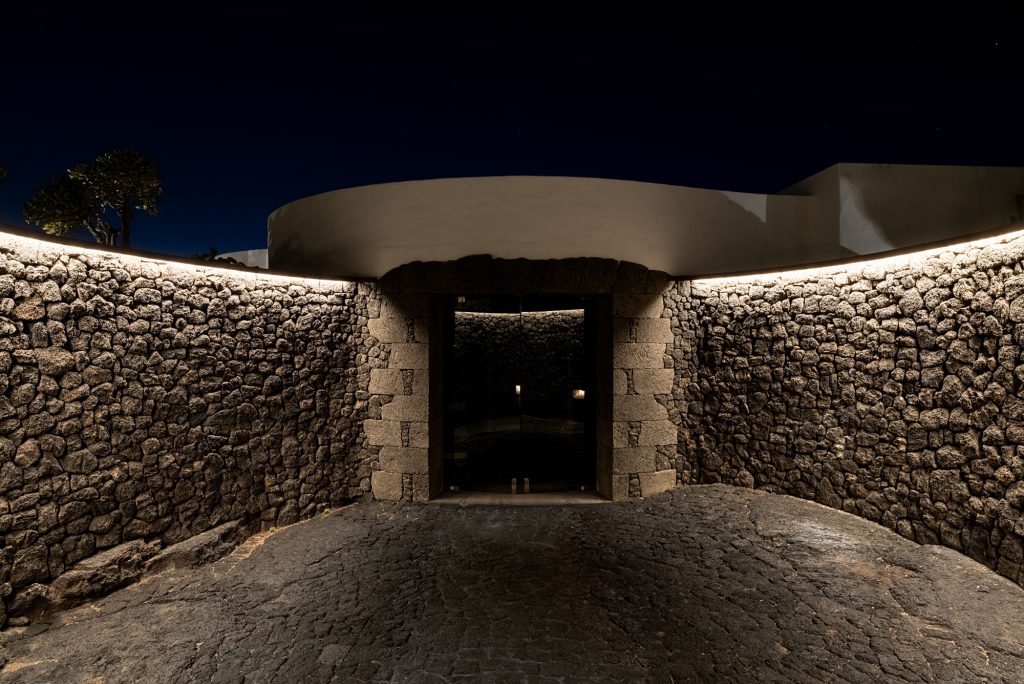
Are you finding it difficult to make your way in a profession that’s not yet recognised as it should be?
Paula: When I had to make the decision to return to Lanzarote, the profession of lighting design was unknown. But contrary to what people might think, I saw it as a great opportunity. The island was like a blank canvas on which I could start designing and developing a lighting culture.
Cristina: Yes, on Lanzarote we’ve been able to carry out projects in all kinds of fields, related to culture, the landscape, business, retail and education. Little by little we’ve raised awareness of the importance of light that’s now bearing fruit.
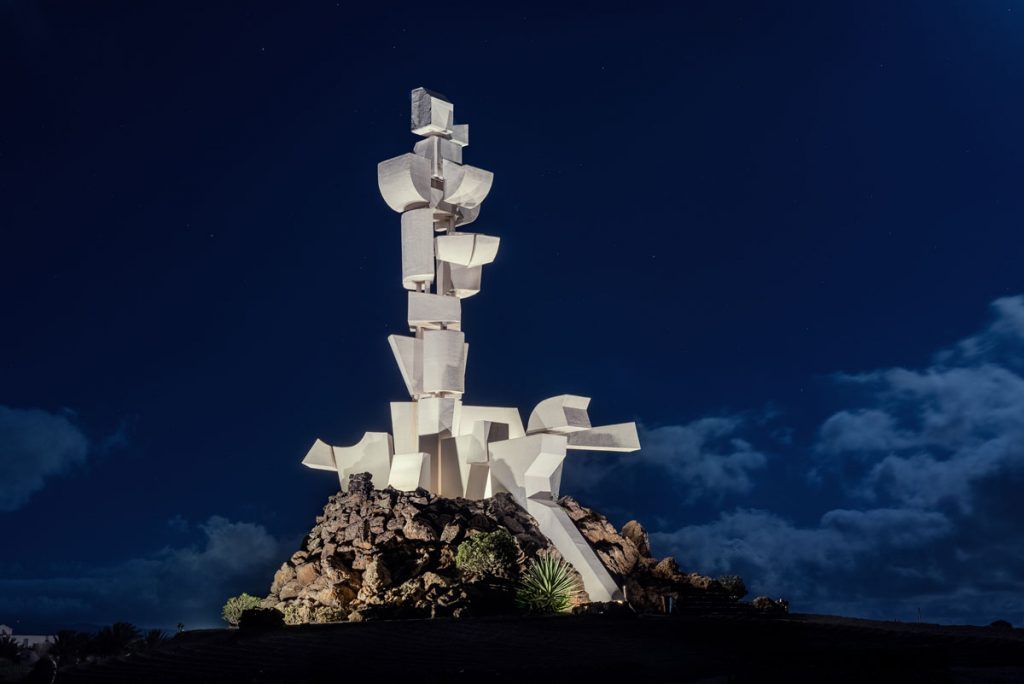
At the Arrecife Gran Hotel you work with Lluria’s LED linear lighting. Do you like using it? Do you think it allows you to develop new ideas?
Cristina: Lluria’s linear lighting is used to create indirect lighting on walls and to enhance textures and materials, as well as to guide routes for guests and define the surroundings in space.
Paula: At the Arrecife Gran Hotel, whose inspiration is nature and its different forms, we’ve implemented an LED strip whose modules are perpendicular to the base so it adapts perfectly to the curves, projecting the light vertically and homogeneously. In outdoor lighting, flexible waterproof products enable us to design without limits.
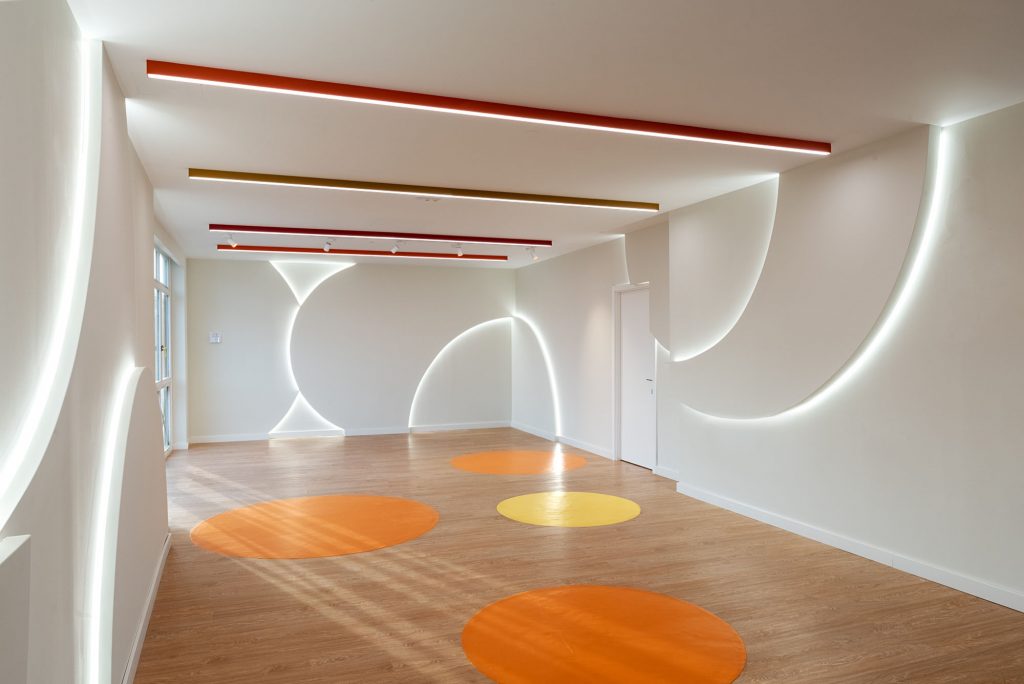
Dynamic light is another of the great virtues of linear lighting. What possibilities does it offer you in creative terms?
Cristina: Such tools add personality and character to a design and open up a range of possibilities during the creative process.
Paula: The truth is that, right now, we’re using dynamic lighting in two different projects. In the first, a shopping and sports centre, we’re designing a dynamic façade in blue tones that changes throughout the day, simulating the movement of the sea. In the second, a glass roof for the Pool Bar at Arrecife Gran Hotel, we’re creating a magical space in constant flux that takes you to another galaxy. Using the metal structure of the roof as a support, we’ve covered the entire surface with linear strips. They’re installed in pairs, combining White Tunable with RGB White, which produces a colourful environment where our aim is to create a limitless, changing space. It’s a mutating environment in which the immersive experience begins at sunset with a show of lights that multiply. We’ve played with the spatial perception of the environment as it’s reflected in the glass dome and on the surface of the water.
